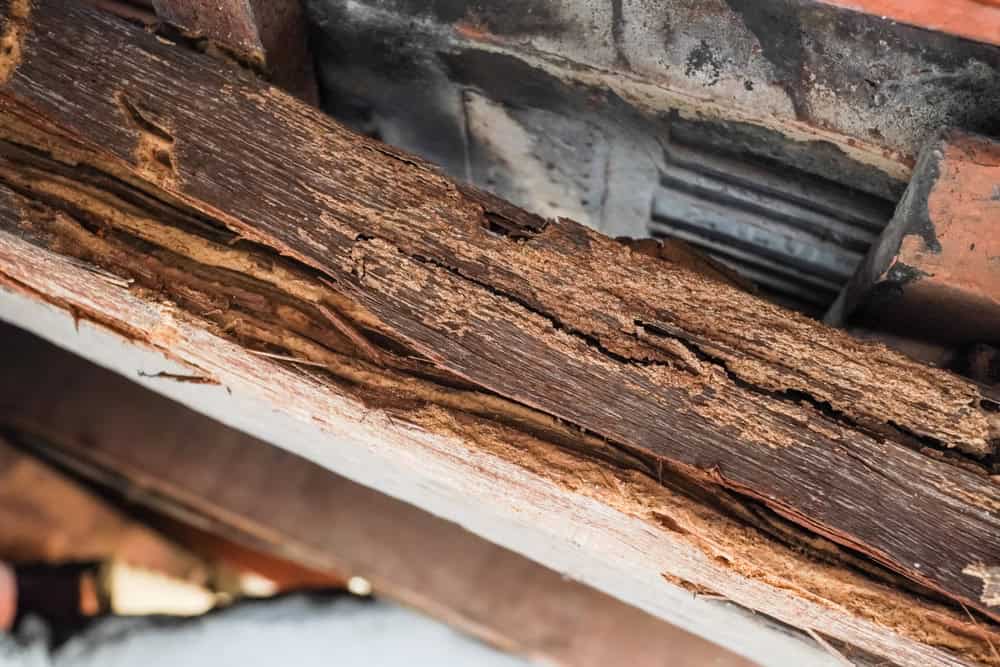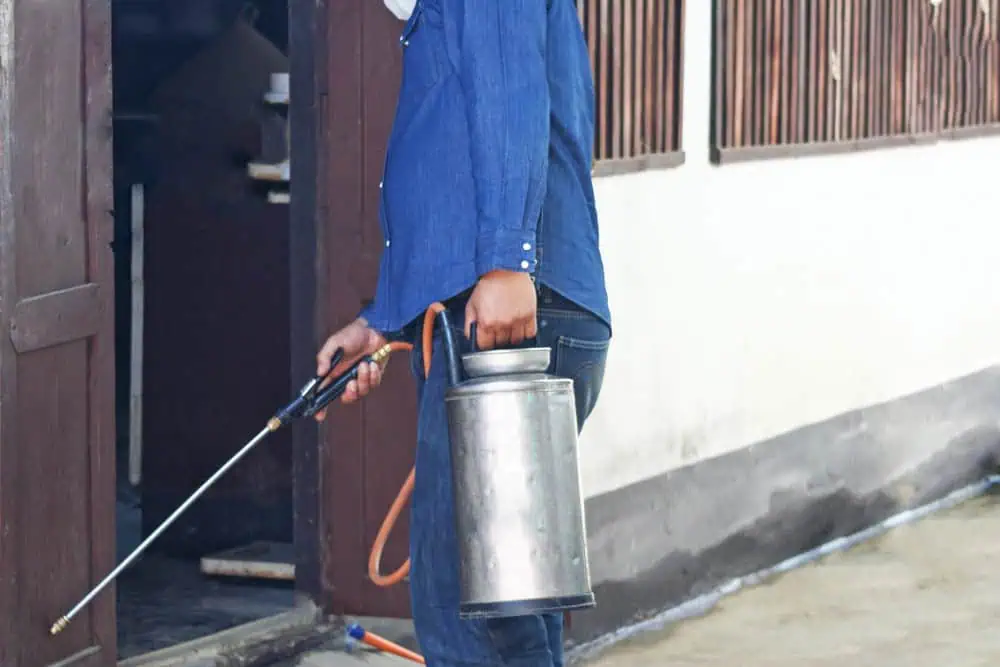Complete termite elimination and prevention services that actually work when your property is on the line.

Hear from Our Customers

When termites are gone for good, you sleep better. No more wondering if they’re still chewing through your floor joists or foundation. No more checking every piece of wood for damage.
You get back to enjoying your home instead of worrying about it. Your property value stays intact. Your family stays safe from structural hazards.
The right termite treatment doesn’t just kill what’s there now. It prevents future colonies from establishing, gives you ongoing monitoring, and comes with the kind of warranty that means something when you need it most.
86 Pest and Wildlife Removal has been protecting Bishop Wood properties from termite damage for years. We understand how subterranean termites behave in New Jersey’s soil conditions and climate.
Our team knows which treatment methods work long-term and which ones just look good on paper. We’ve seen every type of termite problem this area throws at homeowners.
When you’re dealing with your largest investment, you want someone who’s solved this exact problem in your neighborhood before.

First, a complete property inspection identifies active termite activity, damage, and conditions that attract future infestations. You get a detailed report showing exactly what we found and where.
Next comes treatment designed for your specific situation. Active colonies get eliminated using proven methods that reach the source, not just surface areas. High-risk zones get preventive treatment to stop future problems.
Finally, ongoing monitoring ensures the treatment worked and catches any new activity early. You get regular check-ins and a warranty that covers re-treatment if needed. No guessing whether your home is protected.

Ready to get started?
Your termite treatment includes thorough property inspection using advanced detection methods that find hidden activity. You get targeted treatment for active infestations plus preventive barriers around vulnerable areas.
The service covers all termite species common to Bishop Wood, including subterranean termites that cause the most structural damage. Treatment methods are selected based on your property’s specific conditions and infestation severity.
You also get ongoing monitoring visits, detailed treatment reports, and warranty coverage that provides re-treatment if termites return. Everything needed to eliminate current problems and prevent future ones.
